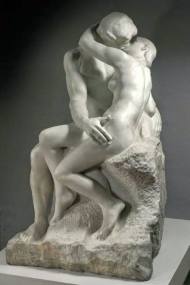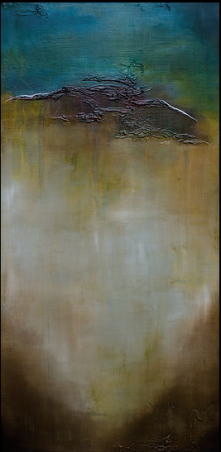Above: from his Reserve series, print on canvas, both 12 x 8″ // Simpler Times, framed print on canvas, 29.5 x 15.5″
Tom Clements has had a passion for photography since 1977, when he got his first 35mm camera. Clements was driven by a life-long dream to be in National Geographic magazine. As an adult, Clements has rekindled his love for photography, and has spent years traveling the world to capture a diversity of images. The Midwestern landscape has played an especially important role in shaping Clements’ career; the images in our collection reflect the nostalgia and authenticity Clements sees in the midwest. Currently residing with his family in Tennessee, Clements is continuing his photographic career and travels. After a trip to Africa, Tom had one of his images featured in National Geographic – a dream come true!
For prints by Tom, visit his website here.
Fun Fact: 35mm film was first produced in 1892 by Thomas Edison and William Dickson, and mainly served commercial use. 35mm film did not become mainstream until about 1925, used in the Leica I compact camera.
























